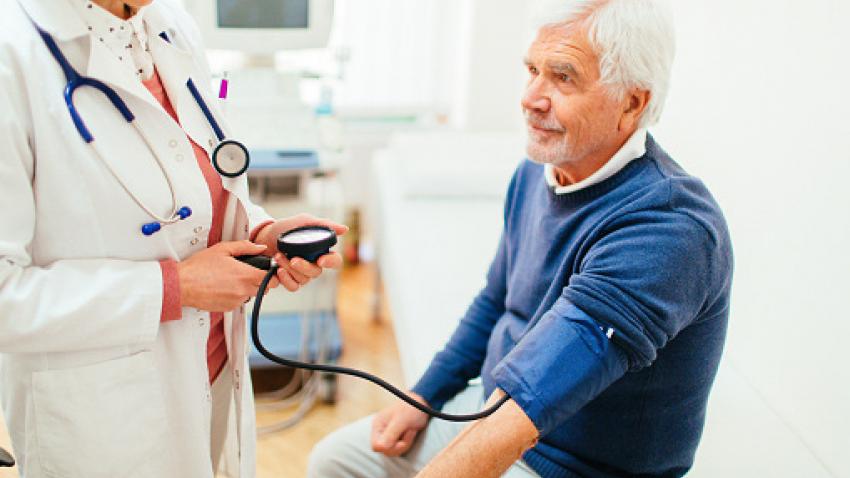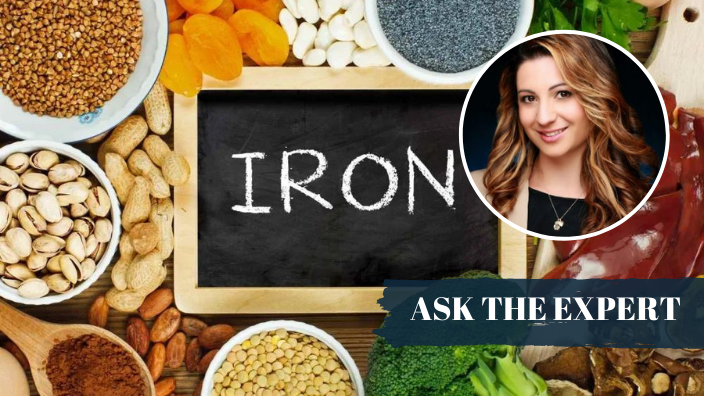If you’ve been feeling more tired than usual, have difficulty concentrating, are regularly catching colds or viruses, get dizzy spells or feel weak, you might need to get your iron levels checked. All these (and more) are common symptoms for iron deficiency. Iron is an essential nutrient, best known for it’s role in oxygen transportation in the body, amongst immune support and energy production, consequently supporting our growth and development.
Young children, menstruating women, pregnant women, vegetarians and vegans are most at risk of becoming iron deficient. They generally need to pay more attention to how much and how often, iron rich foods are included on a day to day basis.
I have compiled the 4 key steps I use in practice to help my clients boost their iron intake.
INCLUDE IRON RICH FOODS IN MOST OF YOUR DAILY MEALS AND SNACKS
No surprise here, red meats are a great source of iron. Especially eclectic favourites like goat, offal like liver and game such as venison and kangaroo. If you have less adventurous tastebuds, beef, lamb and pork are other great sources. If you’re on a plant based diet, try firm tofu, vegan sausages and plant based burgers – these have added iron.
These are great for most dinners but it’s important to use every meal and snack as an opportunity to boost iron levels, not just your evening meal. Try an iron fortified cereal at breakfast, a sandwich with bread that has added iron at lunch (fill with tinned tuna or egg for a bit more iron) and snack on a trail mix with nuts, seeds and dried fruits like raisins apricots.

PAIR PLANT BASED IRON SOURCES WITH VITAMIN C
Spinach and other leafy greens, beets, legumes and pulses are a good source of iron but due to it’s plant based form, we don’t get to absorb it all. Having vitamin C rich foods with these plant based iron sources will help boos absorption. For example, lemon juice squeezed on horta or adding crushed tomatoes to your pot of fasolada.
SPACE OUT IRON RICH FOODS FROM CAFFEINE OR CALCIUM RICH FOODS
Both caffeine and calcium can actually reduce how much iron we absorb from our foods. Leave a 2 hour gap between caffeine or calcium rich foods and your iron rich foods.

SEE YOUR GP FOR FOLLOW UP BLOODWORK
Sometimes, when our levels drop too low and the amount of iron rich foods needed to boost your levels is too much to physically eat, your doctor might suggest an iron supplement. In severe cases of deficiency or anaemia, they might even recommend an iron infusion. Also, make sure to let them know if you have thalassaemia too! A common blood disorder in the Mediterranean that may lead to lower than usual haemoglobin results and anaemia.

If you have any questions or need help with your diet, contact Georgia Pandelios, maternal and foetal health dietitian and owner at Nutrition Prescription. You can book through www.nutritionprescription.com.au or email info@nutritionprescription.com.au.
Nutrition Prescription accredited practising dietitians offer nutrition consultations that are specially designed for the whole family – from infants to adults and elderly, through to highly specialised fertility-preconception, paediatric, sports nutrition and food reaction services. We can assist with all your nutrition needs, including complex and chronic conditions – in English, Greek and Portuguese.
Follow Nutrition Prescription on Instagram & Facebook
Disclaimer: The information in this article is generalised and is not intended to replace medical or dietetic advice, nor directly manage any medical conditions. For personalised advice, please speak with your doctor or contact us via info@nutritionprescription.com.au to make an appointment with one of our Accredited Practising Dietitians.

